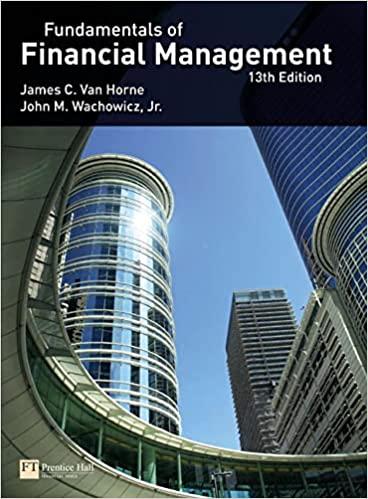1. A product has demand of 4000 units per year. Ordering cost is $20 and holding cost...
Question:
1. A product has demand of 4000 units per year. Ordering cost is $20 and holding cost is $4 per unit per year. The EOQ model is appropriate. The cost-minimizing solution for this product will cost __________ per year in total annual inventory costs.
A) $400
B) $800
C) $1200
D) Zero; this is a class C item.
E) Cannot be determined because unit price is not known.
2. A production order quantity problem has daily demand rate = 10 and daily production rate = 50. The production order quantity for this problem is approximately 612 units. The average inventory for this problem is approximately
A) 61
B) 245
C) 300
D) 306
E) 490
3. If daily demand is normally distributed with a mean of 15 and standard deviation of 5, and lead time is constant at 4 days, a 90 percent service level will require safety stock of approximately
A) 7 units
B) 10 units
C) 13 units
D) 16 units
E) 26 units
4. Which of the following statements about the basic EOQ model is false?
A) If the setup cost were to decrease, the EOQ would fall.
B) If annual demand were to double, the number of orders per year would increase.
C) If the ordering cost were to increase, the EOQ would rise.
D) If annual demand were to double, the EOQ would also double.
E) All of the above statements are true.
5. Which of these statements about the production order quantity model is false?
A) The production order quantity model is appropriate when the assumptions of the basic EOQ model are met, except that receipt is non-instantaneous.
B) Because receipt is non-instantaneous, some units are used immediately, not stored in inventory.
C) Average inventory is less than one-half of the production order quantity.
D) All else equal, the smaller the ratio of demand rate to production rate, the larger is the production order quantity.
E) None of the above is false.
6. If demand is not uniform and constant, then stock-out risks can be controlled by
A) Increasing the EOQ
B) Placing an extra order
C) Raising the selling price to reduce demand
D) Adding safety stock
E) Reducing the reorder point
Step by Step Answer:

Fundamentals Of Financial Management
ISBN: 9780273713630
13th Revised Edition
Authors: James Van Horne, John Wachowicz





